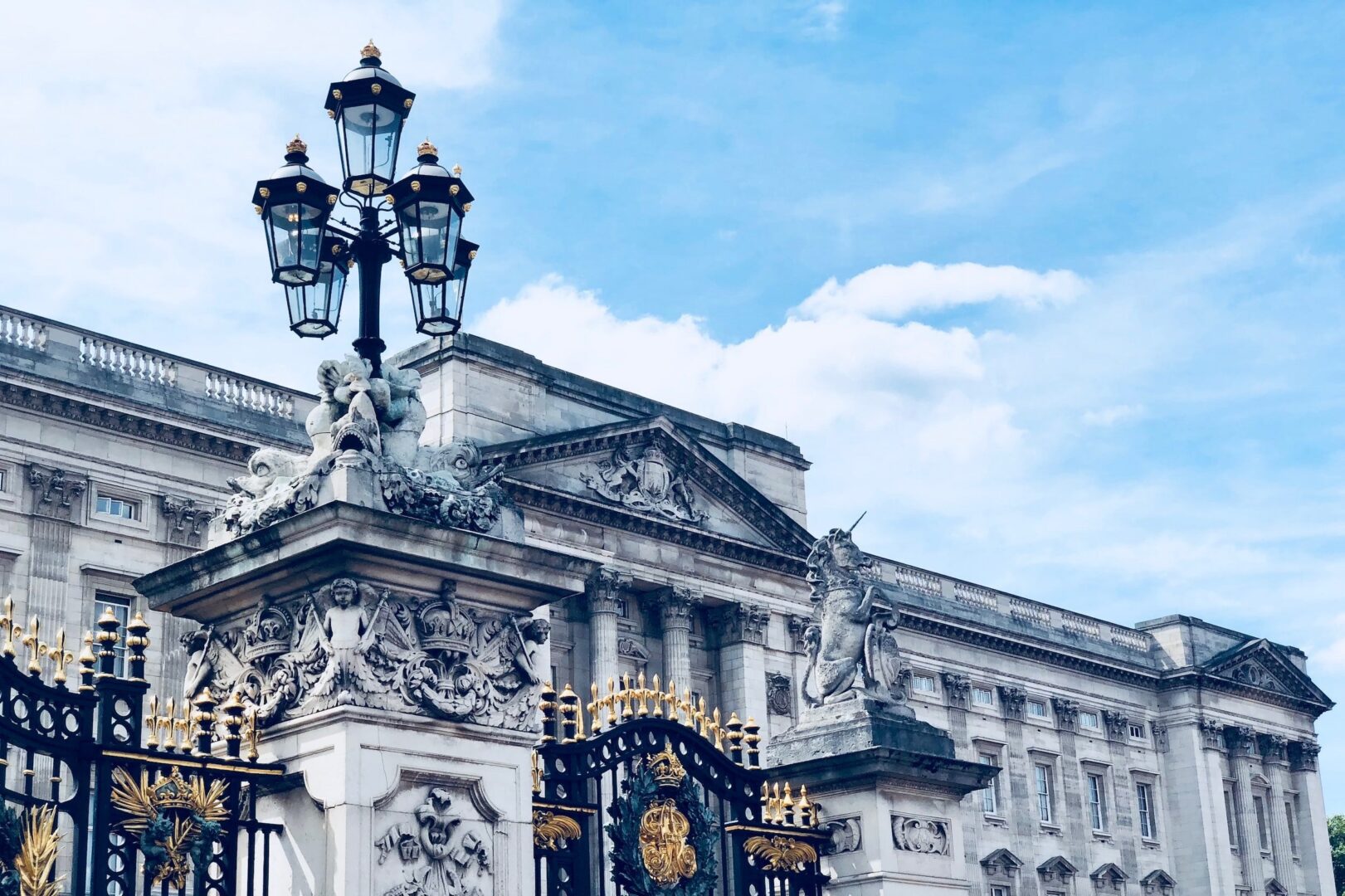When Her Majesty Queen Elizabeth II passed away at the age of 96 last week, it marked the end of an era for the longest-reigning monarch in British history. But it also had a major financial impact on those poised to inherit some of her vast estate.

Just like the passing of any other person who made plans to leave an inheritance to their children, the Queen’s death prompted the distribution of her assets. But unlike anyone else’s death, the inheritance she leaves behind is reportedly worth billions. And its contents aren’t just paper, either. Some of the royal family’s most curious assets include global artifacts, rare jewels, and even a popular British toy store.

It’s all a fresh reminder of the incredible nature of the Royal estate. Here are the details we know.
As the newly crowned king, King Charles III is now eligible to receive funds from the Crown Estate designated specifically for the monarch, a fund that includes a jaw-dropping £18.2 billion collection of investments, properties, land, and let’s just say…unusual…assets.
First established in 1337, the properties and funds that house and serve the royal family include a couple of eyebrow-raising line-items, like the seabed of the United Kingdom and a prison. Yes, a prison.
But the income isn’t as direct as it may sound. That’s because, in 1760, an agreement was forged that put the assets essentially in a trust from which the royals would receive lump sum payments. Next year’s sum is said to be worth £86.3 million. Not a bad reward for the difficult task for being born into the right family.
As for anyone’s personal inheritance from the Queen’s estimated $400 million fortune, mum’s the word.
One word of advice for anyone on the receiving end? Check out our episode, “What to do with a Windfall.”

